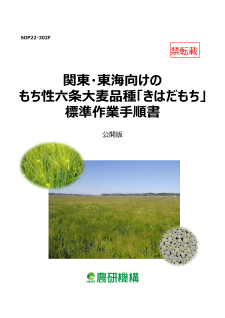2022-06-30 マサチューセッツ大学アマースト校

Cross section of one of the stalagmites that the team collected from Hoti cave, Oman.
Credit Fleitmann et al.
<関連情報>
- https://www.umass.edu/news/article/new-research-links-sixth-century-droughts-rise-islam
- https://www.science.org/doi/10.1126/science.abg4044
干ばつと社会変化。古代アラビア末期におけるイスラームの出現をめぐる環境的背景 Droughts and societal change: The environmental context for the emergence of Islam in late Antique Arabia
Dominik Fleitmann,John Haldon,Raymond S. Bradley ,Stephen J. Burns ,Hai Cheng,R. Lawrence Edwards,Christoph C. Raible,Matthew Jacobson,Albert Matte
Science Published:16 Jun 2022
DOI:DOI: 10.1126/science.abg4044
Abstract
In Arabia, the first half of the sixth century CE was marked by the demise of Himyar, the dominant power in Arabia until 525 CE. Important social and political changes followed, which promoted the disintegration of the major Arabian polities. Here, we present hydroclimate records from around Southern Arabia, including a new high-resolution stalagmite record from northern Oman. These records clearly indicate unprecedented droughts during the sixth century CE, with the most severe aridity persisting between ~500 and 530 CE. We suggest that such droughts undermined the resilience of Himyar and thereby contributed to the societal changes from which Islam emerged.



